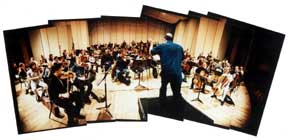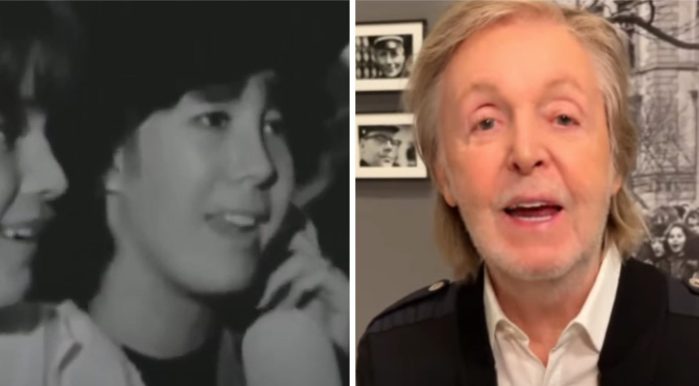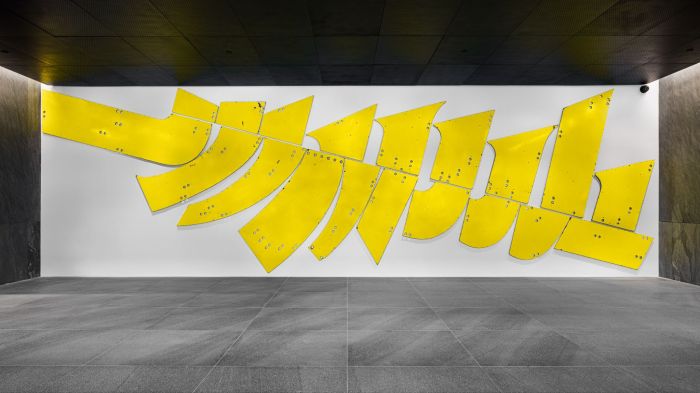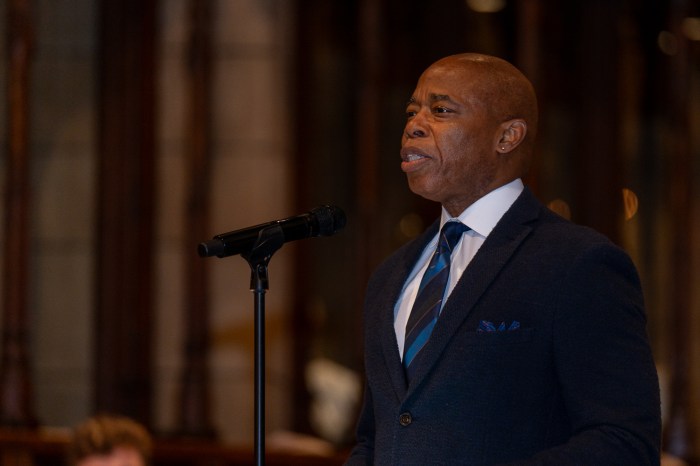There’s a change in the weather at the Brooklyn Philharmonic.
The orchestra has just announced revisions to its 2000-2001
season, including this weekend’s program. And although
musical director Robert Spano’s larger musical hopes will go
unrealized – Hector Berlioz’s massive "Romeo and Juliet,"
which was to be performed Feb. 23-24 with several top-flight
vocalists and a large chorus, was scrapped – his reworked orchestral
schedule remains under the rubric of this season: "Liebestod:
Love and Loss."
The next concert program, instead of Berlioz, now consists
of three Russian composers’ responses to suffering and death
– Arvo Part’s "Cantus in Memory of Benjamin Britten,"
Sergei Rachmaninoff’s "The Isle of the Dead" and Dmitri
Shostakovich’s Symphony No. 10 in E-minor (Op. 93).
Since the former Soviet Union had what could be considered
the world’s bloodiest and most tumultuous 20th century, it’s
no surprise that many of her composers have used that tortured
history as a springboard for their own probing, deeply personal
musical outpourings. And the Philharmonic’s revised program,
to be performed at the BAM Howard Gilman Opera House, highlights
a trio of the most distinctive Russian composers.
Beginning with Estonian Part’s brief eulogy for a fellow composer,
"Benjamin Britten," the first half of the program concludes
with Rachmaninoff’s vivid tone poem, "Isle of the Dead,"
a dazzlingly orchestrated work inspired by an Arnold Bocklin
painting.
But the centerpiece of this weekend’s program is the 10th
symphony by Shostakovich, who, along with Sergei Prokofiev, was
at the very pinnacle of Russian music throughout the century.
(Although Igor Stravinsky nominally fits the bill also, his work
was too cosmopolitan to be strictly defined as "Russian.")
Shostakovich’s career was as up-and-down as the country he
so fiercely loved: his music was often criticized and even banned
at the behest of a tone-deaf Josef Stalin, and the composer occasionally
put his tail between his legs and created some jingoistic pieces
to keep the ever-watchful Politburo happy.
But after Stalin died, in February 1953, Shostakovich penned
his first symphony in more than eight years (the longest such
stretch between symphonic works in a career that contained 15
symphonies). Shostakovich’s 10th symphony became one of the longest,
most gripping and emotionally shattering musical documents he
ever created.
At nearly an hour, Shostakovich’s symphony traverses a huge
musical, historical and personal terrain. Many who have heard
it believe parts are a musical summing-up of Stalin; not a eulogy
or tribute, of course, but a complex, difficult, endlessly fascinating
working-out of the demons that plagued the composer – from within
and without – during Stalin’s lifetime. And the subversive, even
playful character, of parts of the symphony underscore Shostakovich’s
own belief that Stalin’s death did not signal the death of tyranny
(which, of course, it didn’t).
Shostakovich’s music retains its immediacy, its raw power,
its stunning bluntness. Even in a relatively crowded market,
a new recording of the 10th symphony by the Russian State Symphony
Orchestra, under conductor Valeri Polyansky on the Chandos label,
stands out for its remarkable ability to juggle the contradictions
inherent in Shostakovich’s musical personality.
Polyansky deserves praise for shaping this large, unashamedly
confessional work into a mesmerizing whole.
If Spano and his musicians can approach the bludgeoning forcefulness
that the Chandos recording generates, audiences this weekend
will leave the BAM opera house breathless.
Additional changes
After receiving a grant from the City Council for $250,000
– which, along with other contributions, will enable the orchestra
to finish its current season and plan for next year – Spano announced
changes to all but one of this season’s remaining programs.
The March 16-17 performances were originally Spano’s own string
arrangement of Bach’s mighty "The Art of the Fugue."
Now, soprano Dawn Upshaw is accompanied by Spano on piano for
songs by Claude Debussy and Maurice Delage, and filling out the
evening are some of the Philharmonic’s principal players performing
Olivier Messiaen’s "Quartet for the End of Time" and
a work by Maurice Ravel.
The April 6 and April 8 programs – of music by Purcell, Wagner,
Berio, Scriabin and the premiere of Michael Hersch’s "Umbra"
– remain the same. However, the season’s final program – May
18-19 – no longer consists of Stravinsky’s "Oedipus Rex"
and the premiere of a Sophocles-inspired work by Christopher
Theofanidis. Rather, Mahler’s luxuriant Symphony No. 3 fills
the entire bill.
The Philharmonic, along with Leon Botstein’s American Symphony
Orchestra, has the best thematic programs of any local orchestra,
and it’s gratifying to report that not only is the Philharmonic
still alive and kicking, but its challenging 2000-2001 season
remains just that.
The Brooklyn Philharmonic will perform its Part, Rachmaninoff
and Shostakovich program on Feb. 23 and Feb. 24 at 8 pm at the
BAM Howard Gilman Opera House. Pre-concert discussions are at
7 pm in the Hillman Attic Studio. Tickets are $8, $20, $35 and
$45. Student, senior and some day of performance tickets are
$10. ID required. For more information and to order tickets visit
www.brooklynphilharmonic.org or call (718) 636-4100.






















